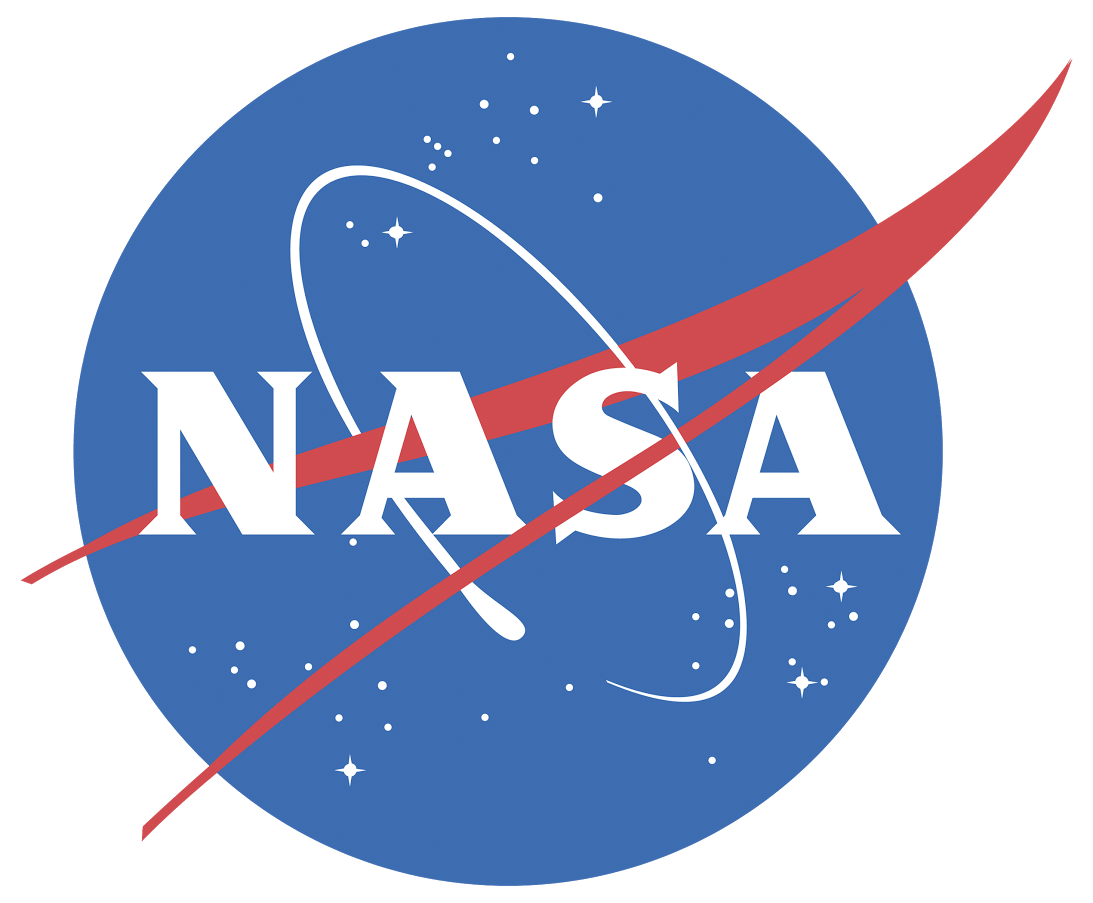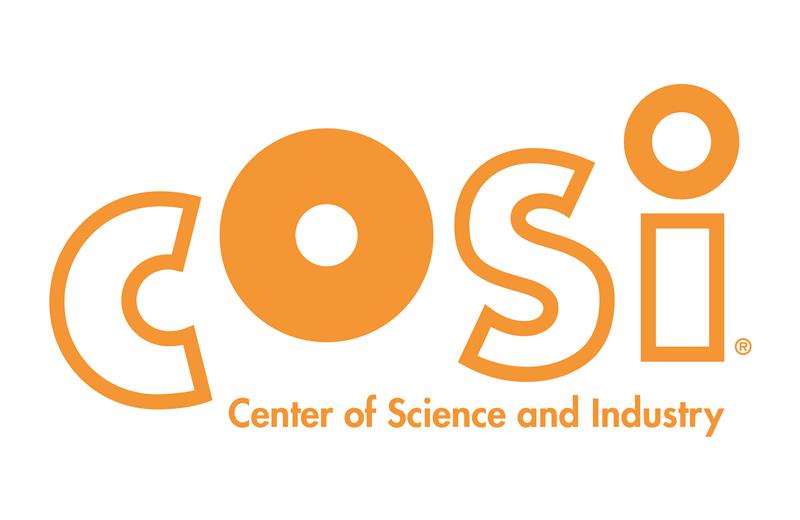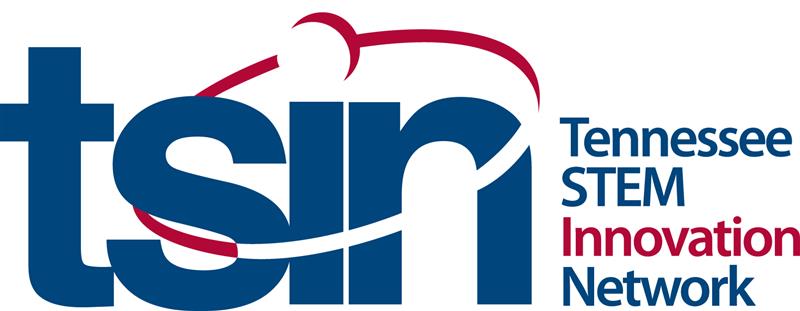Paper Airplane
Aeronautics
suggested for grades 5-8
Daily Breakdown
March 14th, 2021
#NASAMakerMonday
Be sure to review the educator guide linked above before kicking off the week to make sure your students have access to all of the required materials.
Step 1: Kick things off by watching this short video on the history of NASA's X-Planes. What do your students notice about the different shapes of the X-57 and the X-59? Why would they have to be different?
Step 2: Discuss the constraints that NASA engineers must face when developing new aircraft, and share our constraints for our paper airplanes. They must travel at least 7.5 meters and fly as accurately as possible along a straight path.
Step 3: Have students begin to design their first prototype, using the instructions in the student guide or this helpful video (1:20-3:16). They're welcome to toss them around for an initial test!
Step 4:
Ask students to determine the area of their airplane wings by outlining two right triangles within each wing of their airplane. Record them in the data table, and prepare for the first test tomorrow!
March 15th, 2021
#NASATestItTuesday
It's time to test! Let's run the airplanes through their first flights.
Step 1: Tape out about 10 meters for a flight line, and ensure students are ready to test their designs.
Step 2: Students should take turns to throw their plane from average shoulder height - do your best to compensate for shorter and taller students.
Step 2: Once thrown, mark the plane's landing spot. Students should log a measurement from the landing spot perpendicular to the flight path then use the Pythagorean Theorem to calculate the length of the final side.
Step 3: Students should measure the area of the flight triangle. A smaller area means a more accurate flight! Consult the student guide for details.
Step 4: Each student should conduct at least three tests, creating three flight triangles before the end of the day.
March 16th, 2021
#NASAWonderWednesday
Take a break from designing and testing today to step back and look at the big picture. What do your students imagine it would be like to work at NASA?
Step 1: Watch this video (22:30-28:17) to learn more about the X-59 from Project Managers Cathy Bahm and Heather Maliska. If you have time, also watch this clip from Mechanical Engineer Sam James (0:50-4:00) - he has a great tip about making paper airplanes!
Step 2: Encourage your students to reflect on the interview. Consider the following questions, or ask your own:
- What does it mean to fly supersonic?
- The X-59 has a unique design. What is unique about it, and why?
- What did Cathy mean when she called the X-59 a "Franken-aircraft"?
- What was Sam's most important tip for building a stable paper aircraft?
Step 3: Prepare for another day of iterating, resdeigning, and testing tomorrow - with a twist.
March 17th 2021
#NASATryAgainThursday
Time to get back to the design cycle and use what we've learned so far to push our design to the next level! Consider raising the stakes by opening up opportunities for innovation in a one day redesign sprint!
Step 1: Encourage students to use any additional materials that they have access to. Different kinds of paper, paper clips, different plane designs, in addition to changing the wing shape can all make a big difference!
Step 2: Allow students to iterate and test again throughout the class. Excourage wild experimentation, right up to one final test.
Step 3: At the end of class, conduct one final test for each rocket. How accurate were the students? Consider recognizing the student with the most accurate flight and the longest flight.
March 18th, 2021
#NASAFeedbackFriday
Communication and feedback is an essential part of the design cycle. To bring this week to a close, have your students present their learning to each other - and to NASA.
Step 1: Use your own prompts or the samples below for guidance.
- How did you use the Engineering Design Process this week?
- How can geometry be important when designing aircraft? How can it be important for determining flight path accuracy?
- What is one thing you learned from building, modifying, and testing your paper airplane?
Step 2:
For a bonus - have students record their presentations or take photos of their rockets, then share them on social media with the hashtags #NextGenSTEM and #NASAFeedbackFriday.





